What trees are good to plant in high wind area?
summerdean
15 years ago
Featured Answer
Comments (20)
Toronado3800 Zone 6 St Louis
15 years agoRelated Professionals
Ballwin Landscape Architects & Landscape Designers · Waunakee Landscape Architects & Landscape Designers · Bethlehem Landscape Contractors · Brookline Landscape Contractors · Fort Hunt Landscape Contractors · Lake Worth Landscape Contractors · Waltham Landscape Contractors · Columbus Siding & Exteriors · Malden Siding & Exteriors · Centennial Decks, Patios & Outdoor Enclosures · Coatesville Decks, Patios & Outdoor Enclosures · Columbia Decks, Patios & Outdoor Enclosures · Parker Decks, Patios & Outdoor Enclosures · Port Saint Lucie Decks, Patios & Outdoor Enclosures · Salisbury Decks, Patios & Outdoor Enclosuresspruceman
15 years agoshortleaf2002
15 years agotree_oracle
15 years agoken_adrian Adrian MI cold Z5
15 years agospruceman
15 years agoalabamatreehugger 8b SW Alabama
15 years agodave11
15 years agopineresin
15 years agosummerdean
15 years agoPamchesbay
15 years agoDan _Staley (5b Sunset 2B AHS 7)
15 years agospruceman
15 years agosummerdean
15 years agocezs12
15 years agoJapanese Garden Design NZ
8 years agoToronado3800 Zone 6 St Louis
8 years agoNHBabs z4b-5a NH
8 years agoJapanese Garden Design NZ
8 years ago
Related Stories
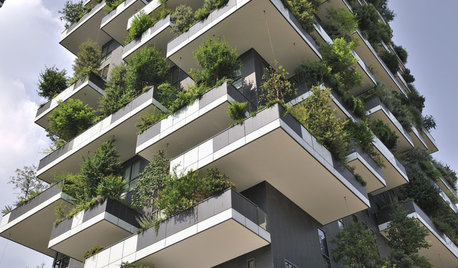
THE ART OF ARCHITECTUREWorld of Design: Trees Bring Nature to a High-Rise in Milan
Discover ‘the most beautiful and innovative skyscraper in the world’ — the foliage-filled Bosco Verticale — and tour one of its apartments
Full Story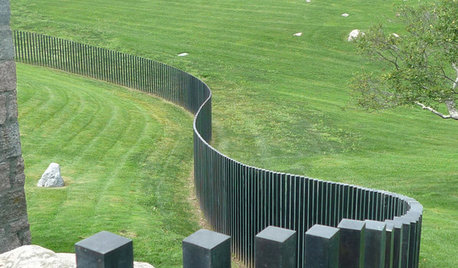
LANDSCAPE DESIGNGood Fences, Good Neighbors — and Good Views
See-through vertical fencing connects a yard with its surroundings while keeping children and pets safely inside
Full Story
GARDENING GUIDESPlant Black Cherry Trees for the Birds and Bees
Plant Prunus serotina in the Central and Eastern U.S. for spring flowers, interesting bark and beautiful fall color
Full Story
ARBOR DAY8 Reasons to Plant a Great Tree
Beauty is its own reward, but the benefits of planting the right tree in the right place go way beyond looks
Full Story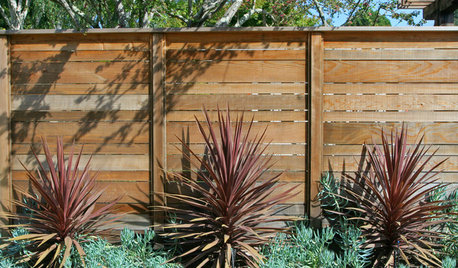
GARDENING GUIDESGreat Design Plant: Cabbage Tree
Happiest in plentiful sun, this tropical-looking tree gives a pool area or backyard landscape an exotic view all summer long
Full Story
GARDENING GUIDESWhen and How to Plant a Tree, and Why You Should
Trees add beauty while benefiting the environment. Learn the right way to plant one
Full Story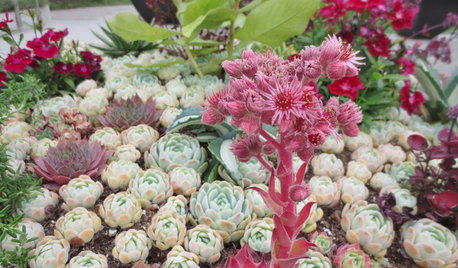
GARDENING GUIDESAlpine Plants: High Performers at Low Altitudes Too
So Heidi and the goats aren't your neighbors. Alpine plants can be lovely and low maintenance on difficult sites beyond the mountains
Full Story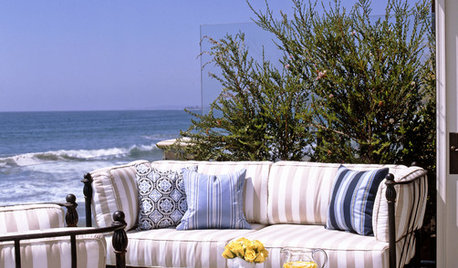
GARDENING AND LANDSCAPINGHow to Screen a Seaside Garden From the Wind
Lucky enough to live by the coast? Here’s how to protect your garden and deck from the harsh sea breezes
Full Story
GARDENING GUIDESGreat Design Tree: Australian Tea Tree
A living sculpture with an unmistakable appearance, this coastal native creates an intriguing landscape scene
Full Story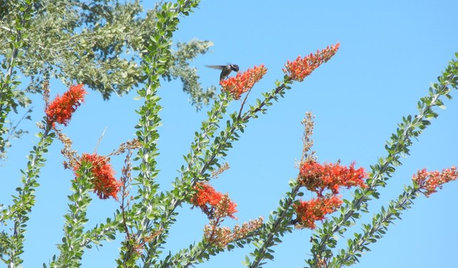
GARDENING FOR BUTTERFLIESGreat Design Plant: Ocotillo for High-Reaching Flair
Add a dramatic accent to a dry landscape with this striking desert plant silhouetted against the sky
Full Story







ken_adrian Adrian MI cold Z5